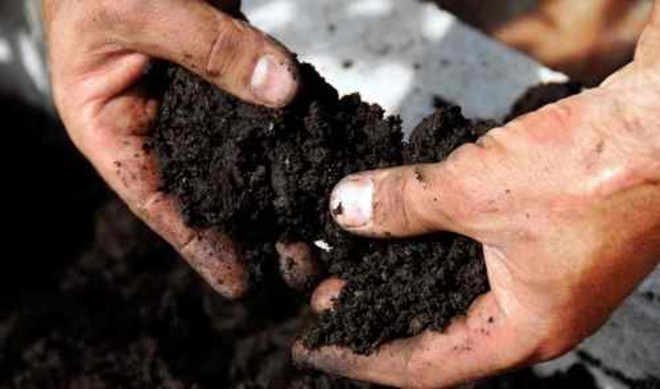If you are going to be successful at homesteading, you need to have good soil. There are no two ways around it. However, this doesn’t mean that the soil on your land right now needs to be great. There are some simple things you can do to improve the quality of your soil so you can grow your food, and that’s what we’ll be covering over the course of this post.
Composting
Take the yard waste and your kitchen waste and create compost. Grass clippings, leaves, vegetable and fruit peels, coffee grounds, eggshells, and the like can make great compost. However, you don’t want to add leftover meat, human waste, or the waste of any animal that eats meat for that matter. Making your own compost pile is easy, and it can make a difference in your soil, as it adds so many nutrients to it.
Manure
Another good option to consider is manure, but you need to be careful. It should be added to the compost pile, or you should age the manure by letting it sit. Otherwise, it is going to get too hot. If you were to put this onto plants, it would burn them, which is not something you want to happen. If you have fresh manure, add it in the fall after the harvest. This way, it can sit through the winter.
Many different types of animals’ waste can be used for your manure. Some of the best options include cow, horse, chicken, sheep, and goat. You can even use rabbit pellets, so if you also happen to raise rabbits, that should be a plentiful and free source of manure for you. One of the other benefits of rabbit pellets is the fact that they are a “cold” manure, so you can add them to plants immediately. You can just place the droppings onto the plants and leave them.
Mulching
Another fantastic way that you can start to improve the quality of your soil is through mulching. You can use hay or straw for the mulch, but make sure that it is organic and that it hasn’t been treated with any chemicals. You could also use a variety of other materials. Choose something that you have readily available.
When you add mulch, you can hold moisture in the soil, which can help protect your plants. It can also ensure the plants stay safer during fluctuating temperatures. For example, it can help save some plants from a frost. Like compost, as it breaks down, it will add some more nutrition to the soil.
Some simple items that you can use for mulch in addition to hay or straw include grass clippings, bark and wood chips, decaying leaves, peat moss, and some of your compost.
As you can see, these are some very simple methods you can employ to improve your soil and therefore improve your garden no matter how large or small it might be.
If you liked this, you might also enjoy…
Natural Healing Secrets Everyone Needs to Know…
Yoga: There’s a Reason Everyone’s Doing It…
Woodworking Made Simple...


